Install the app
How to install the app on iOS
Follow along with the video below to see how to install our site as a web app on your home screen.
Note: This feature may not be available in some browsers.
You are using an out of date browser. It may not display this or other websites correctly.
You should upgrade or use an alternative browser.
You should upgrade or use an alternative browser.
Tuossa saattoi näkyä jonkinlainen jälkiräjähdys, mutta se ei ollut iso. Ehkä jotakin tornin ulkopuolelle säilöttyä?
Venäläiset näyttävät testailevan että vastaavatko amerikkalaiset mitenkään kun heidän tukemia ryhmiä pommitetaan. Jossain vaiheesa iskevät takulla kovaa kurdeja vastaan jotka eivät halua olla Assadin vallan alla.
Antaako Obama taas periksi? Epäilen että antaa.
Antaako Obama taas periksi? Epäilen että antaa.
Kukas tunnistaa tämän anti-material kiväärin
Iranilaiset on tehny kopioita Steyr 50 HS kivääristä.
http://armamentresearch.com/iranian-am50-and-russian-orsis-t-5000-rifles-in-iraq/



Maidan
Respected Leader
Venäjä heitti Syyriassa termobaarisen pommin.

Vastavia pommeja on heitetty aikaisemminkin vuodesta 2012 siellä, mielenkiintoiseksi tekee se että niiden heittäjä olikin juuri Venäjä.
http://www.thetimes.co.uk/article/russia-unleashes-lethal-aerial-arsenal-on-aleppo-q73c8dll3
Vastavia pommeja on heitetty aikaisemminkin vuodesta 2012 siellä, mielenkiintoiseksi tekee se että niiden heittäjä olikin juuri Venäjä.
http://www.thetimes.co.uk/article/russia-unleashes-lethal-aerial-arsenal-on-aleppo-q73c8dll3
John Hilly
Respected Leader
Islamic State claims 3 Russian soldiers killed in Syria
http://www.longwarjournal.org/archi...claims-3-russian-soldiers-killed-in-syria.php
By Thomas Joscelyn | June 22, 2016 | [email protected] | @thomasjoscelyn
Three Russian soldiers were allegedly killed when a roadside bomb exploded in northern Syria, according to Amaq News Agency, which is one of the Islamic State’s main propaganda arms.
The claim could not be independently verified. [Update: The Russian Defense Ministry Spokesman, Maj. Gen. Igor Konashenkov, later denied that the soldiers were killed as Amaq alleged. He claimed that the photos were taken from a cellphone stolen inside Russian territory.]
Amaq posted a series of photos and documents that it says were taken from a slain Russian’s cell phone. The images can be seen below.
Amaq has also produced a short video allegedly showing the charred remains of the Russians’ vehicle. Screen shots from the video can also be seen at the end of this article.
The Islamic State says the improvised explosive device (IED) was implanted along the Ithriya-Raqqa road, which connects the provinces of Hama and Raqqa. The road has been the site of multiple clashes between the jihadists and forces loyal to Bashar al Assad’s regime. Amaq has produced a steady stream of propaganda from the fighting.
The Syrian regime, backed by Shiite militias and Russian airpower, launched a new offensive along the Ithriya-Raqqa road earlier this month. The Russian-Syrian-Iranian axis was advancing toward the Tabqah miliary airport, which lies along the road and is considered a strategically valuable location, until the Islamic State counterattacked.
In recent days, the so-called caliphate has retaken key areas along the road, including oil fields and checkpoints.
Amaq reported on June 19 and 20 that the Islamic State’s fighters had captured the Thawrah and Sufyan oilfields. It appears that sources inside Assad’s military confirmed the losses to Al Masdar News, which reported that Syrian soldiers and allied militiamen were forced to retreat back toward Ithriya.
The Syrian Observatory for Human Rights (SOHR) also independently reported that the Assad regime was forced to pull back after 15 days of fighting.
Amaq claimed that the Islamic State’s “martyrdom operations” during the battle caused dozens of casualties.
“Syrian regime forces and Shiite militias sustain at least 20 deaths, in addition to a destroyed tank, after the martyrdom operation at the Thawrah oilfield, south of Tabqah,” Amaq said in a “Breaking News” update released on social media on June 19.
A second suicide attack near Thawrah that same day allegedly killed “12 Syrian regime soldiers,” according to Amaq. And still another update said that an additional 7 Syrian regime soldiers were killed during the fighting.
Amaq followed up with reports from the Sufyan oilfield on June 20. “A large number of Syrian regime soldiers and Shiite militiamen flees [sic] from the Sufyan oilfield and its checkpoint, south of Tabqah, while Islamic State fighters take up their pursuit,” Amaq reported.
The Islamic State’s gains have come despite Russian air support. The jihadists say that the Russians have carried out dozens of airstrikes near Thawrah and elsewhere in the past 4 days.
Assad’s regime and its allies frequently clash with the Islamic State.
Just hours before reporting the alleged deaths of three Russian soldiers, Amaq claimed that the jihadists launched a “surprise” attack on a position controlled by the Syrian military, Russian forces, and allied militias. According to Amaq, 42 fighters were killed in the assault, which utilized one of the Islamic State’s suicide bombers. As with Amaq’s other claims, the casualty figure cannot be confirmed.
Images posted by Amaq allegedly taken from a cellphone owned by a Russian soldier
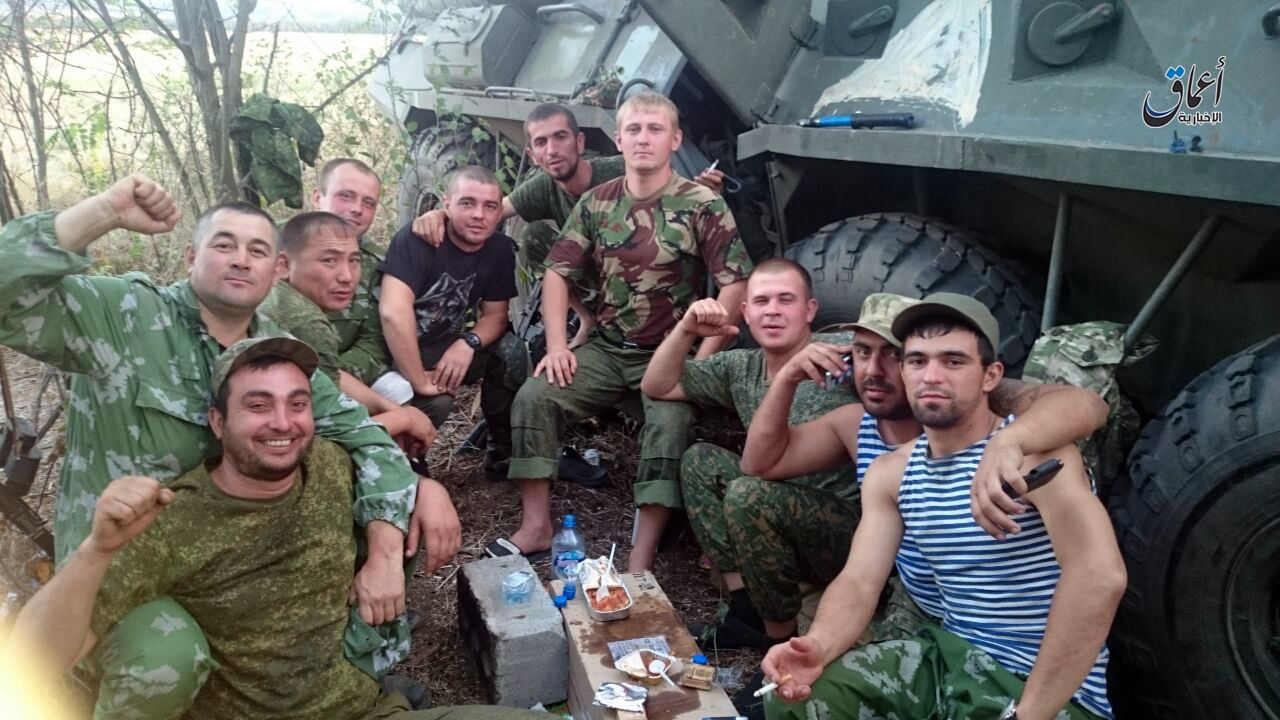
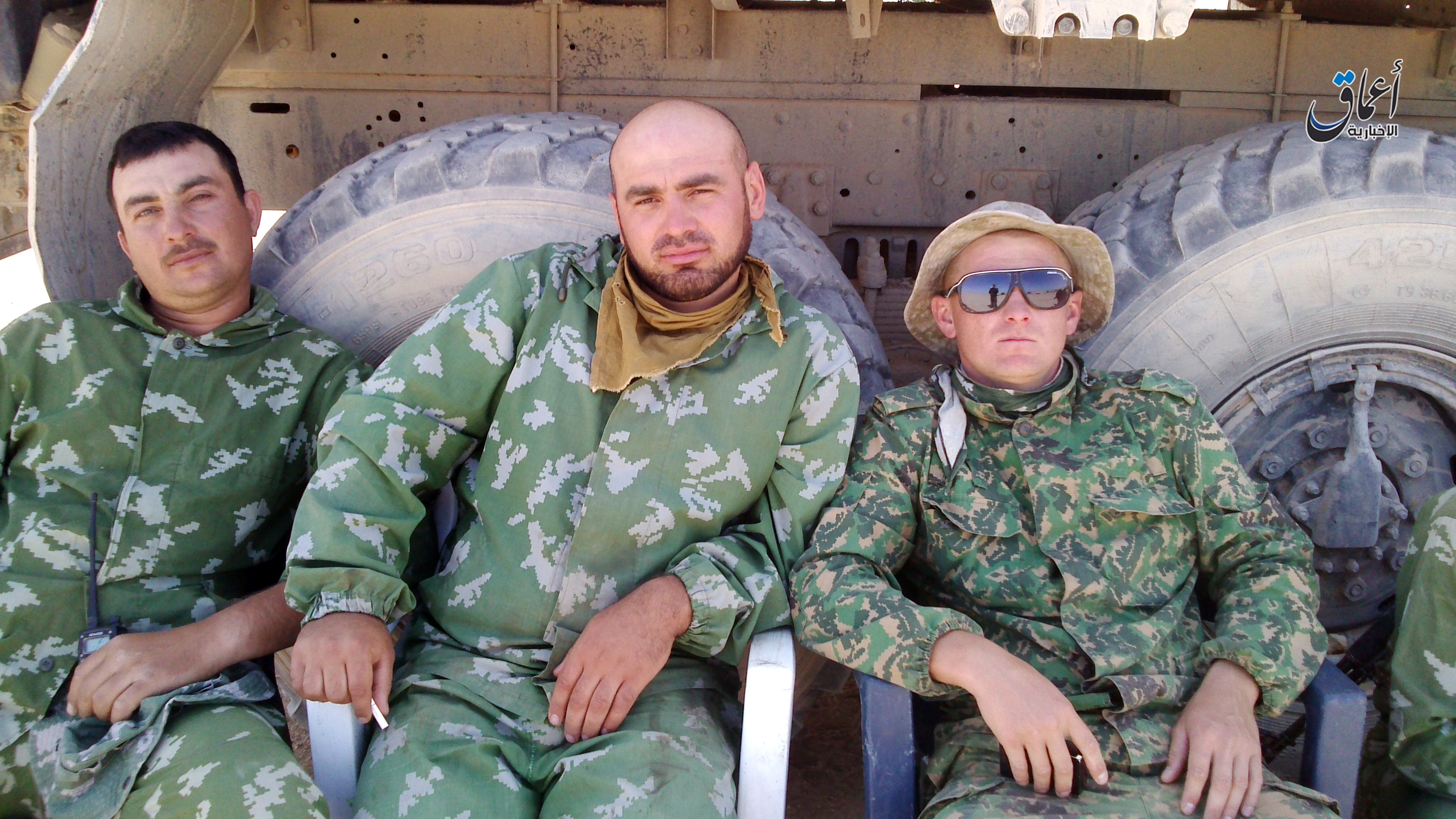
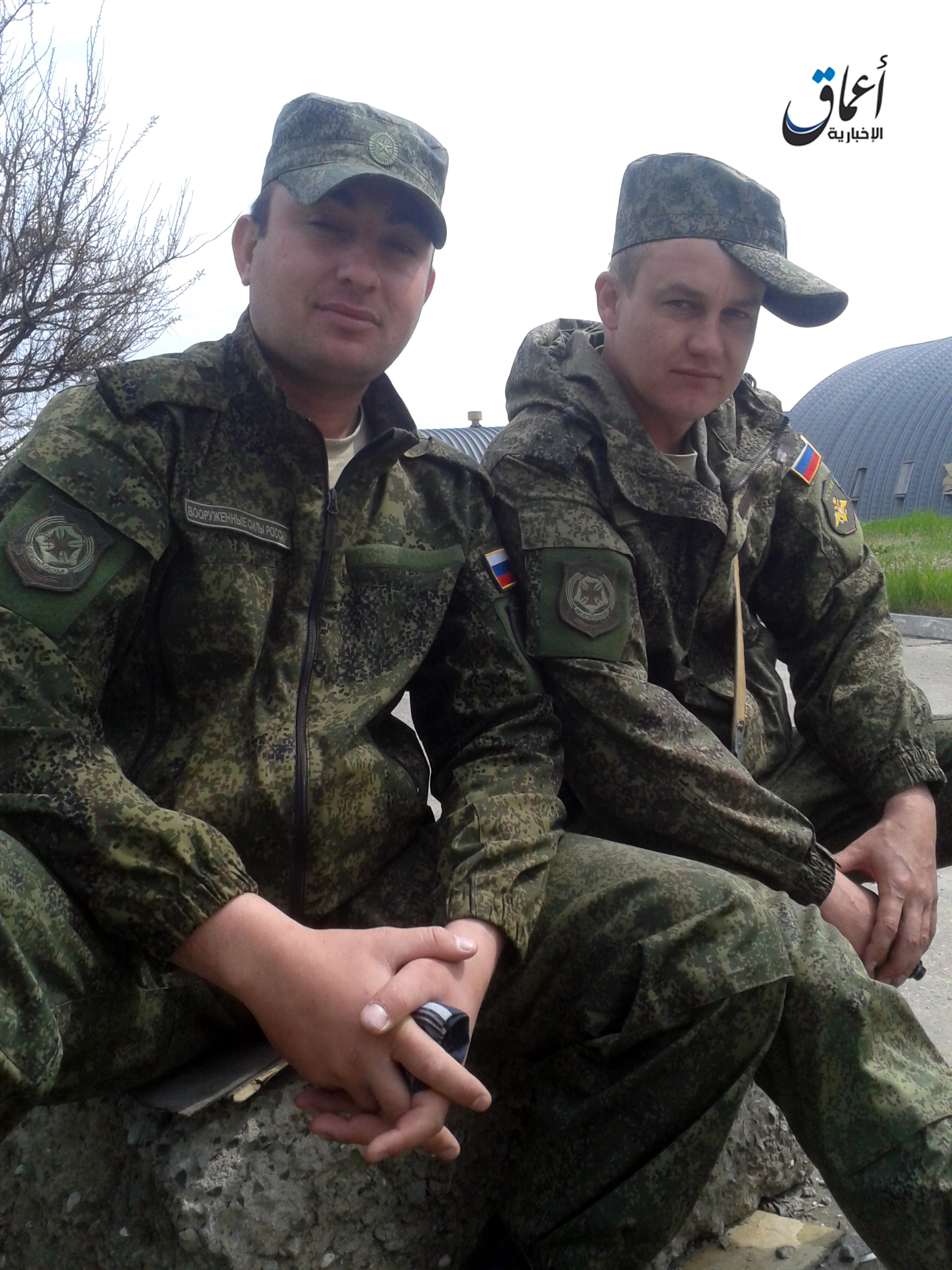
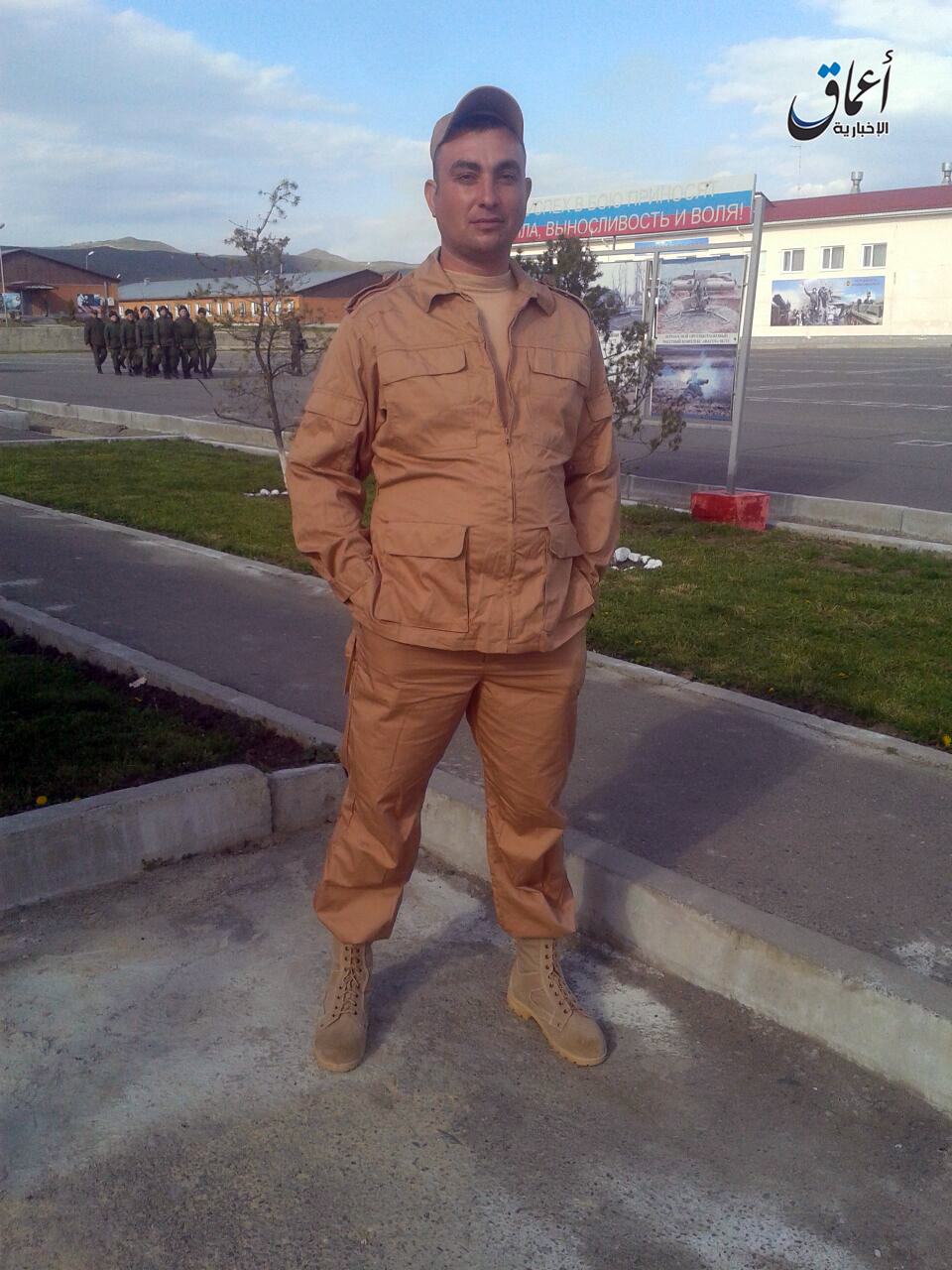
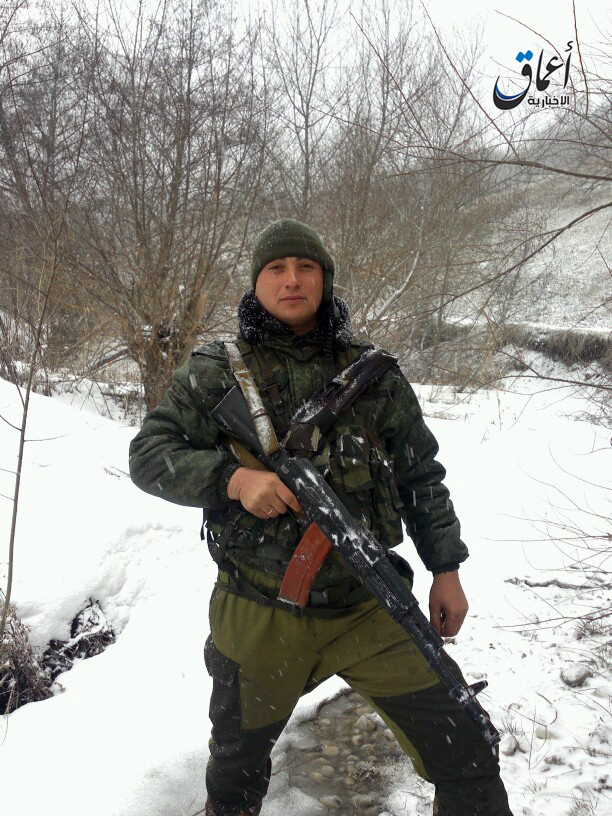
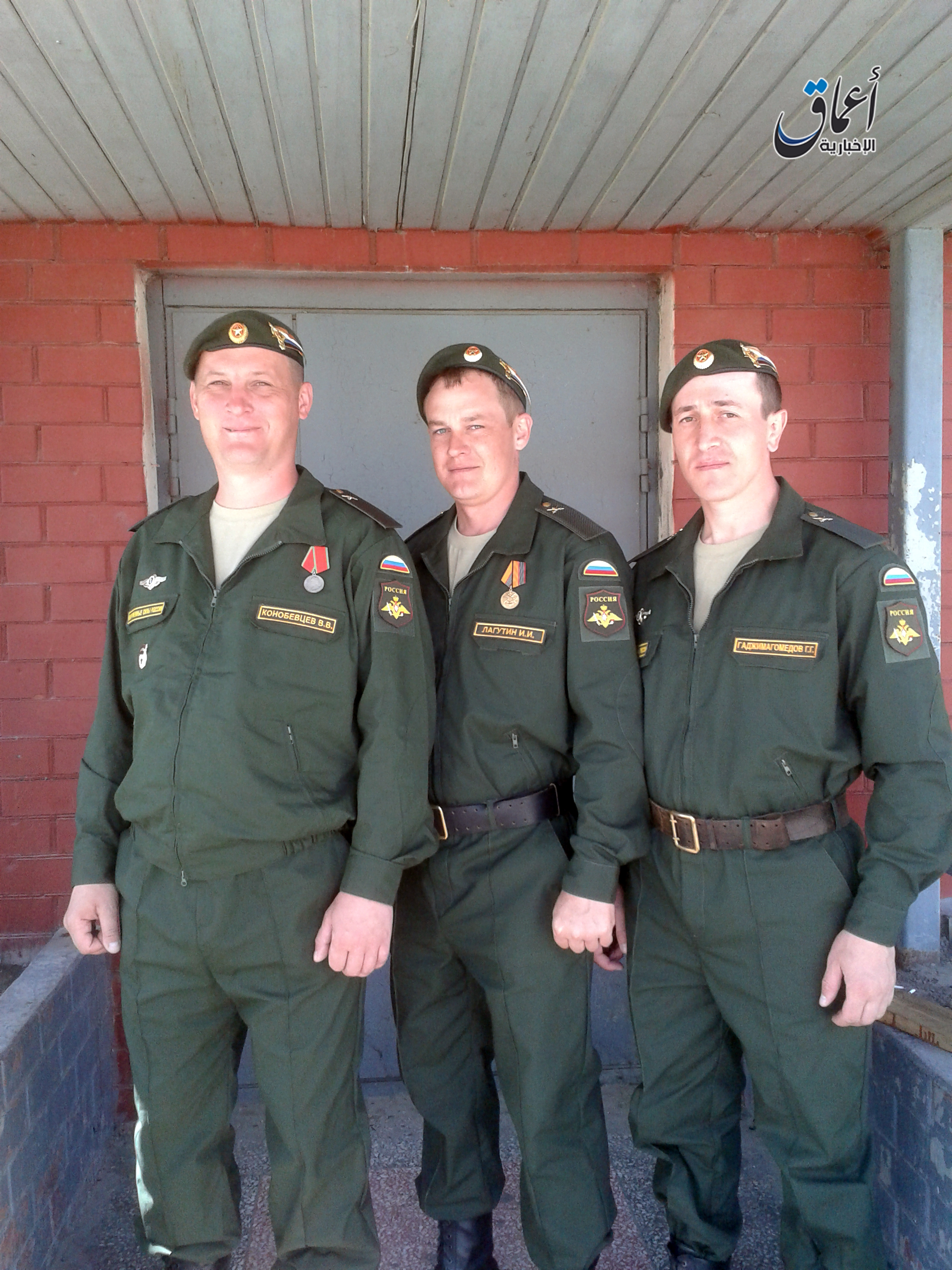
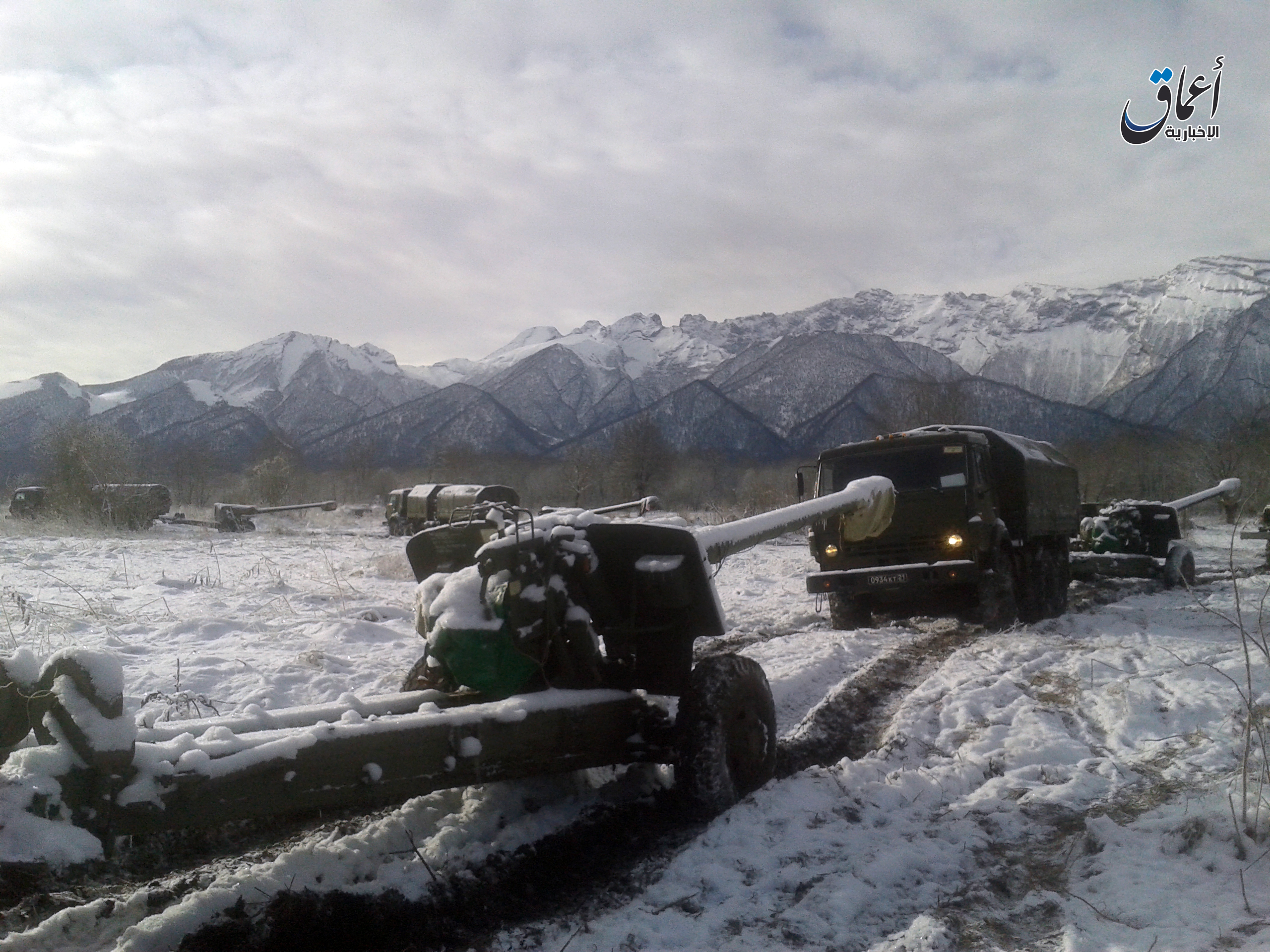
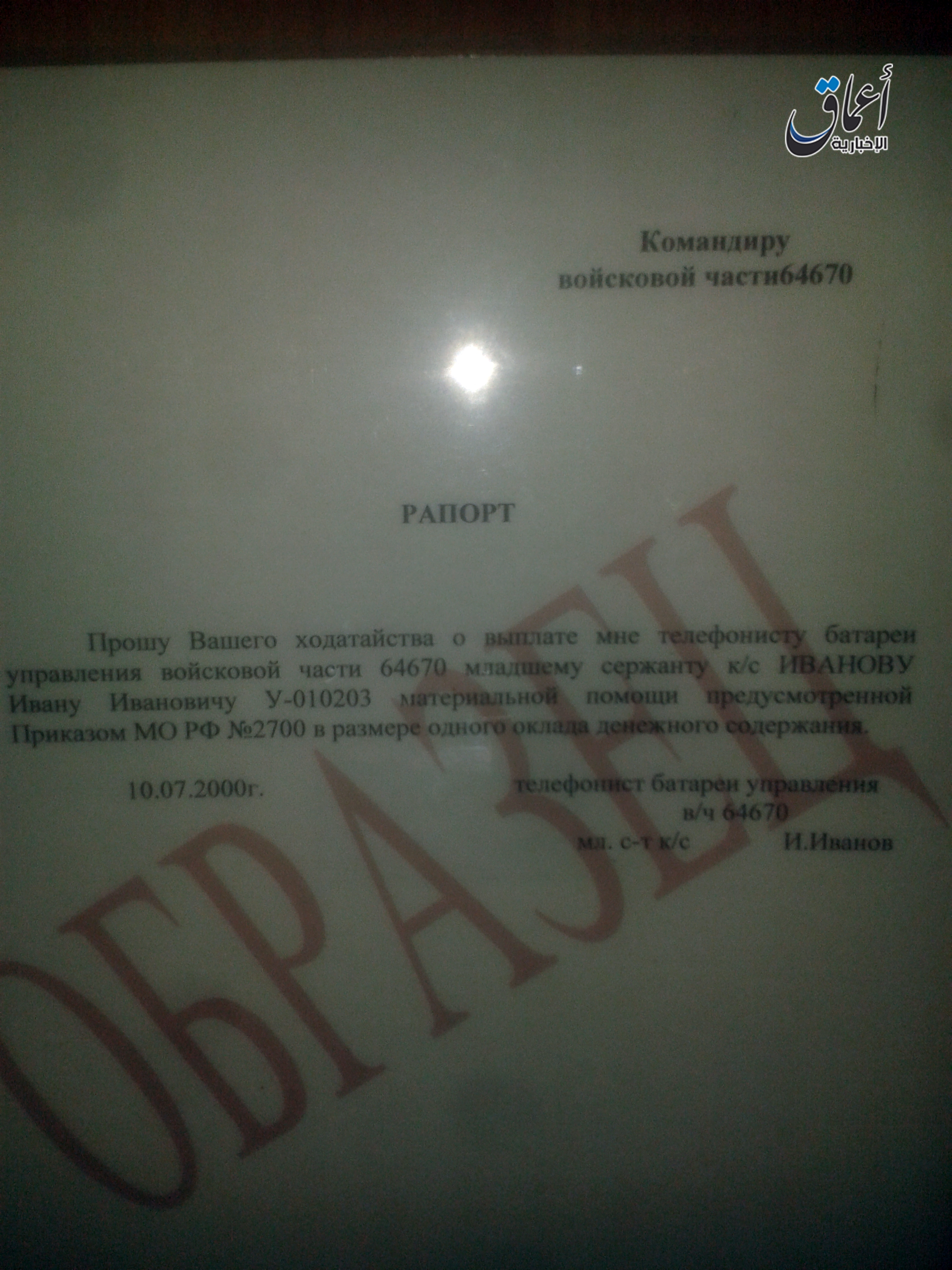
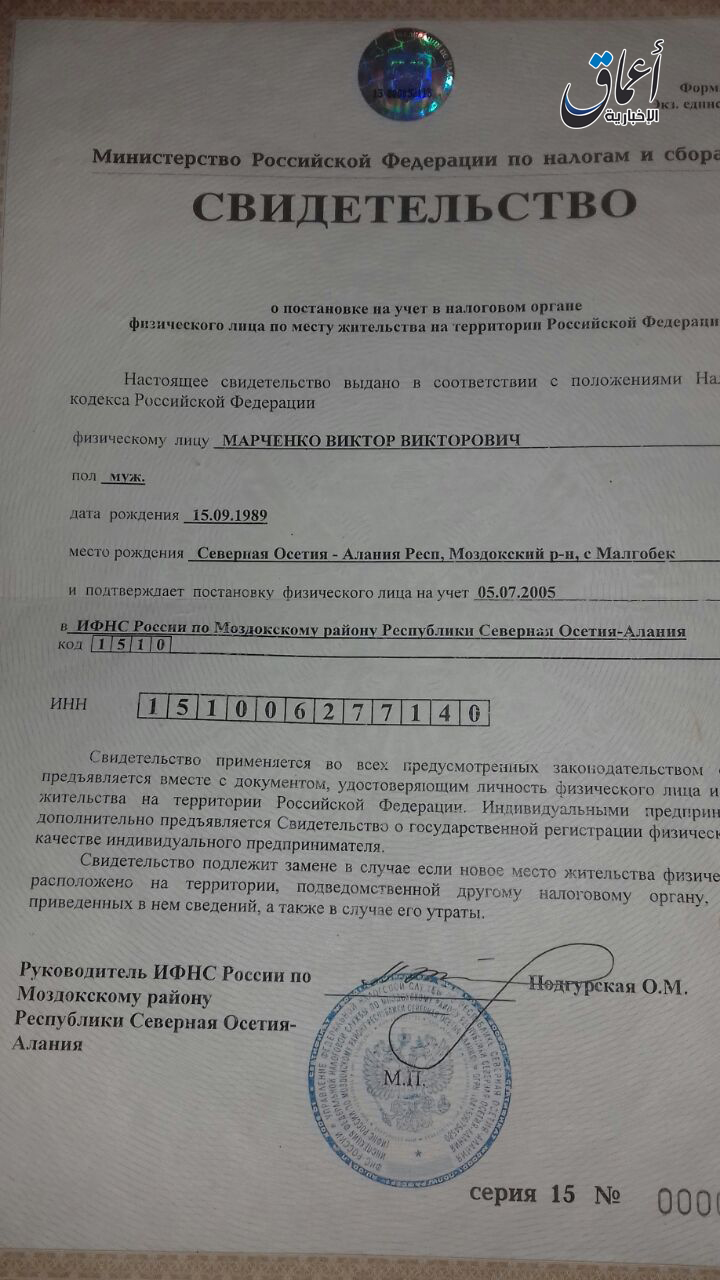
Screenshots from Amaq’s video purportedly showing the Russians’ vehicle:
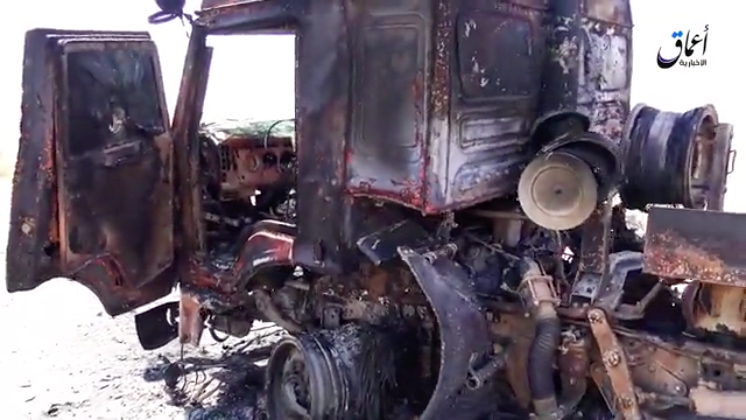
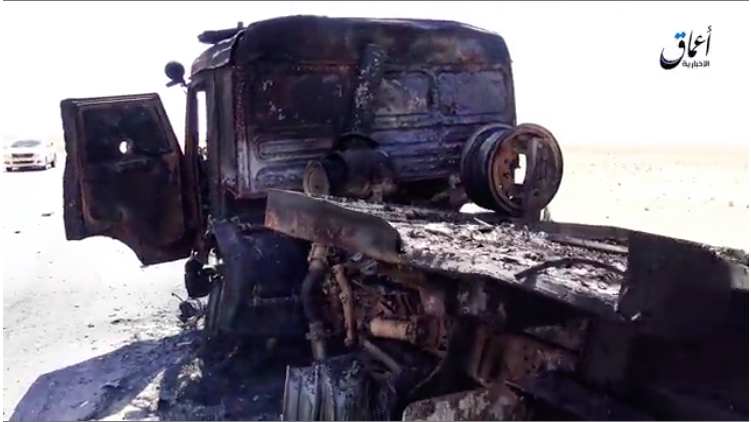
http://www.longwarjournal.org/archi...claims-3-russian-soldiers-killed-in-syria.php
Venäjä heitti Syyriassa termobaarisen pommin.

Vastavia pommeja on heitetty aikaisemminkin vuodesta 2012 siellä, mielenkiintoiseksi tekee se että niiden heittäjä olikin juuri Venäjä.
http://www.thetimes.co.uk/article/russia-unleashes-lethal-aerial-arsenal-on-aleppo-q73c8dll3
Ruskit tuntuvat testaavan kaikkia mahdollisia ampumatarvikkeitaan Syyriassa.
John Hilly
Respected Leader
Al Qaida vallannut tkaisin Syyrian armeijalta takaisin alueita Aleppon maakunnassa. Mukana runsaasti kuvia.
Jaysh al Sunna tweeted its own map of the area and an image of fallen Hezbollah fighters:
http://www.longwarjournal.org/archi...llies-gain-more-ground-in-aleppo-province.php
Jaysh al Sunna tweeted its own map of the area and an image of fallen Hezbollah fighters:
Al Qaeda and allies gain more ground in Aleppo province
By Thomas Joscelyn | June 24, 2016 | [email protected] | @thomasjoscelyn
In mid-June, the Jaysh al Fateh (“Army of Conquest”) alliance began a new offensive targeting three villages south of the city of Aleppo: Khalsa, Bernah, and Zeitan. The jihadist-led coalition quickly claimed success.
Since the beginning of June, Jaysh al Fateh’s has widened its grip on the territory surrounding Khan Tuman, which was captured from Bashar al Assad’s regime and Iranian-backed forces in May. A push in early June expanded Jaysh al Fateh’s operating radius around Khan Tuman. This allowed its fighters to overrun the aforementioned villages later in the month.
The two most powerful groups in Jaysh al Fateh are Al Nusrah Front, which is al Qaeda’s official branch in Syria, and Ahrar al Sham, which models itself after the Taliban and has its own links to al Qaeda. The alliance includes several other fighting groups as well.
Jaysh al Fateh’s enemies in the area include Iranian-backed Shiite militiamen, members of the Syrian Arab Army, and Hezbollah’s jihadists.
The Syrian-Iranian axis suffered significant casualties during the clashes.
The Syrian Observatory for Human Rights (SOHR) reported that 24 members of the Syrian military and allied militias were killed during the first day of fighting. That figure rose to 86 dead, including 25 Hezbollah fighters, according to SOHR. Casualty figures are often impossible to verify, especially in a chaotic war zone such as Syria. But it appears that Bashar al Assad’s loyalists and allies suffered serious blows. Dozens of Jaysh al Fateh’s fighters were reportedly killed as well.
At the outset of the operation, Al Nusrah released a short video that included footage shot with small drones. Jihadist groups have increasingly used drones to provide viewers with dramatic scenes from the fighting. The al Qaeda arm released a series of other videos and images in short order.
Jaysh al Fateh’s swift advances were celebrated on social media by known al Qaeda personalities. On June 17, Abu Sulayman al Muhajir, who is a senior Al Nusrah sharia official, tweeted: “Allah defeated them in Khalsa.” He followed that up on June 18 with tweets celebrating the gains in Bernah and Zeitan.
Another Nusrah member, known Abu Saeeed al Halabi, claimed on June 18 that the gains in southern Aleppo province show “once again” that Nusrah “is the basis of jihad in Syria and the force that will take the battle to Damascus.” Al Halabi denied reports from SOHR and others claiming that the Russian air force was absent from the scene. Abu Saeed tweeted that the Russians had carried out “most” of its airstrikes “this month,” presumably meaning in the area of the three villages that were overrun.
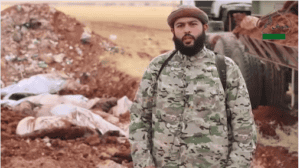
On June 22, Jaysh al Fateh released a video of Sheikh Abdallah Muhammad al Muhaysini standing in front of an open grave filled with the corpses of Hezbollah fighters and other Iranian-backed fighters. Muhaysini delivered a lengthy speech condemning Iran and Hezbollah as he stood in front of the bodies. A screen shot from the video can be seen on the right.
Muhaysini is a popular al Qaeda-linked Saudi cleric and a senior sharia official in Jaysh al Fateh. Muhaysini and some of his online supporters refer to him as an “independent” jihadist. However, The Long War Journal believes that this is unlikely and he is probably part of al Qaeda’s international hierarchy. His biography is filled with numerous connections to al Qaeda’s international network. Al Qaeda often seeks to hide its hand in insurgencies, representing itself and its members as simply mujahideen who are fighting for the local cause.
Katibat al Tawhid wal Jihad (KTJ), a predominately-Uzbek jihadist group that swore allegiance to Al Nusrah last September, advertised its own role in the fighting on its official website.
On June 18, KTJ posted nearly two dozen photos of its members preparing for the battle. The images, including a map of the area, all include the watermark for the Jaysh al Fateh coalition.
In an accompanying statement, KTJ said its men participated in a “large-scale military operation against the infidels” alongside Jaysh al Fateh’s “mujahideen.” KTJ’s role was apparently limited to Khalsa, as the group’s website said that “other groups” were responsible for “conquer[ing] the nearby villages of Bernah and Zeitan.”
Other groups participated in Jaysh al Fateh’s offensive
Just as KTJ mentioned, “other groups” are fighting under the Jaysh al Fateh umbrella.
Al Qaeda’s guerrilla warfare strategy in Syria is predicated on pooling the resources of other rebel groups whenever possible in order to maximize the insurgents’ efficacy. Some of these organizations adhere to versions of the jihadist ideology, while others may be described as Islamist or Salafist. From Al Nusrah’s perspective, other rebels need not believe in every aspect of al Qaeda’s ideology in order to be considered a useful battlefield ally. As long as they are focused on fighting the Assad regime, want to implement sharia law in Syria, and are opposed to Al Nusrah’s rivals in the Islamic State, al Qaeda’s men have proven they can find common ground to stand on. In the past, Al Nusrah has even worked with Western-backed groups, although it has turned on some as well.
Faylaq al Sham (or “Sham Legion”) is one of the groups that is taking part in Jaysh al Fateh’s offensive in the southern countryside of Aleppo. The organization fought as part of Jaysh al Fateh last year, when the coalition swept through the Idlib province, seizing its capital city of Idlib and the surrounding area.
Faylaq al Sham redeployed its forces from Idlib to the Aleppo province earlier this year. But advertisements that were posted online by jihadists in May listed Faylaq al Sham as one of Jaysh al Fateh’s member groups in Aleppo. The organization has produced a series of images from the recent fighting, including maps of the area, drone footage of the captured villages, pictures of slain Shiite fighters, and photos of the “booty” taken. Faylaq al Sham has also commemorated a number of “martyrs” who perished in the fighting. The propaganda does not include Jaysh al Fateh’s watermark, but Faylaq al Sham is clearly fighting alongside the alliance’s members as the images were produced in the same villages that were seized.
Ajnad al Sham is another group fighting under the Jaysh al Fateh banner. Ajnad al Sham’s media team has disseminated photos and videos from the offensive on their official Twitter feed. The propaganda includes photos from Bernah and Zeitan, images of Shiite “sectarian” paraphernalia left behind, maps of the area, and pictures of two landmines that were uncovered. The maps are very similar to those produced by KTJ and Jaysh al Fateh’s other constituents. All of the media includes the Jaysh al Fateh watermark.
Ajnad al Sham has also released a “martyrdom” statement for one of its most senior commanders, who died during the battle.
Still another constituent of Jaysh al Fateh is Jaysh al Sunna, which has bragged about its own spoils and posted a banner of more than 30 Hezbollah fighters killed during the battles. The banner may have been first published elsewhere.
Jaysh al Fateh has evolved since it was first launched in early 2015. Its member groups have changed somewhat since it overran Idlib. But it remains a potent force on the battlefield, further demonstrating that al Qaeda’s prowess in guerrilla warfare should not be underestimated.
Propaganda from Jaysh al Fateh’s offensive in the southern countryside of Aleppo province
Al Nusrah used a drone to record footage at the beginning of the offensive on June 17:
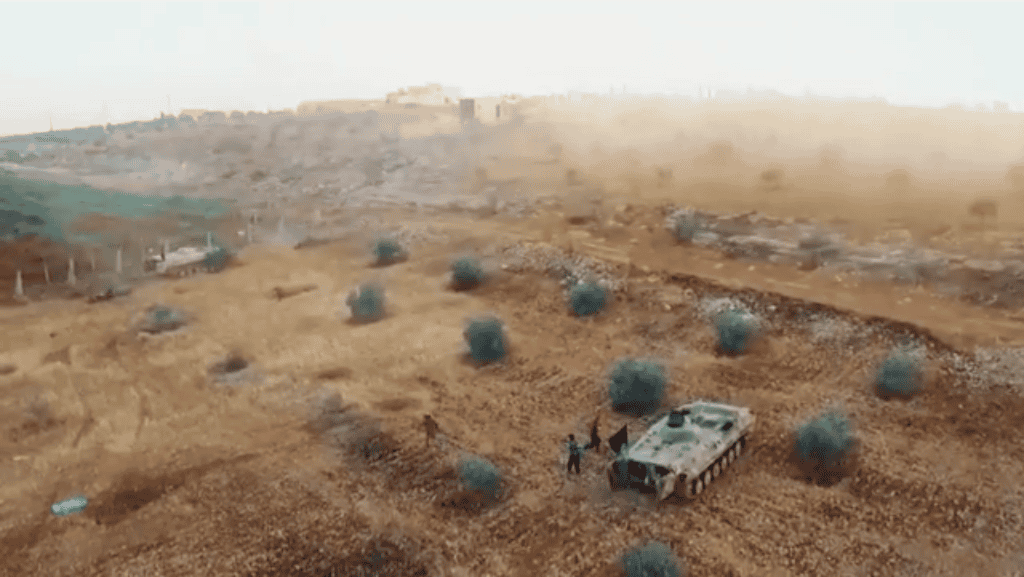
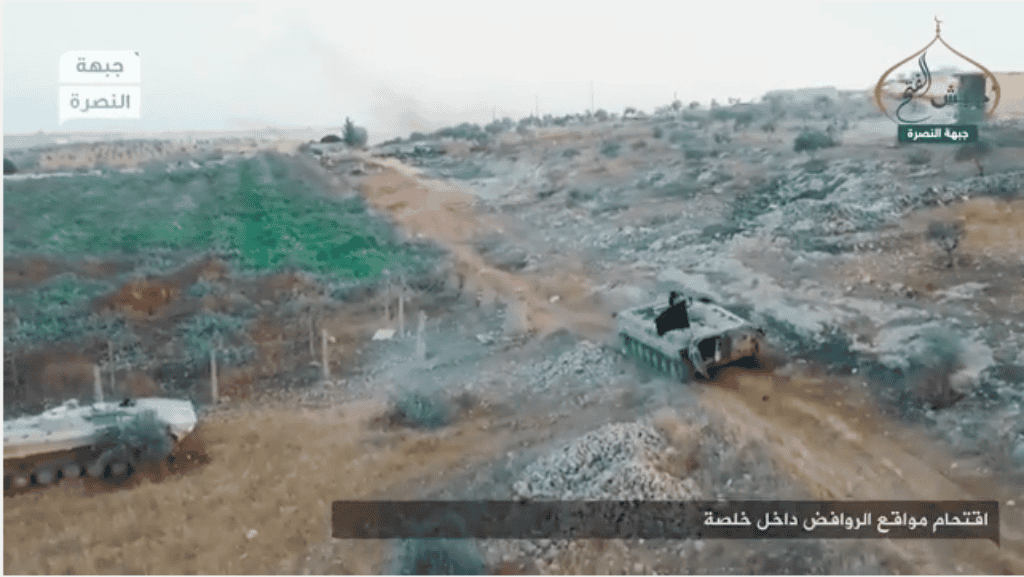
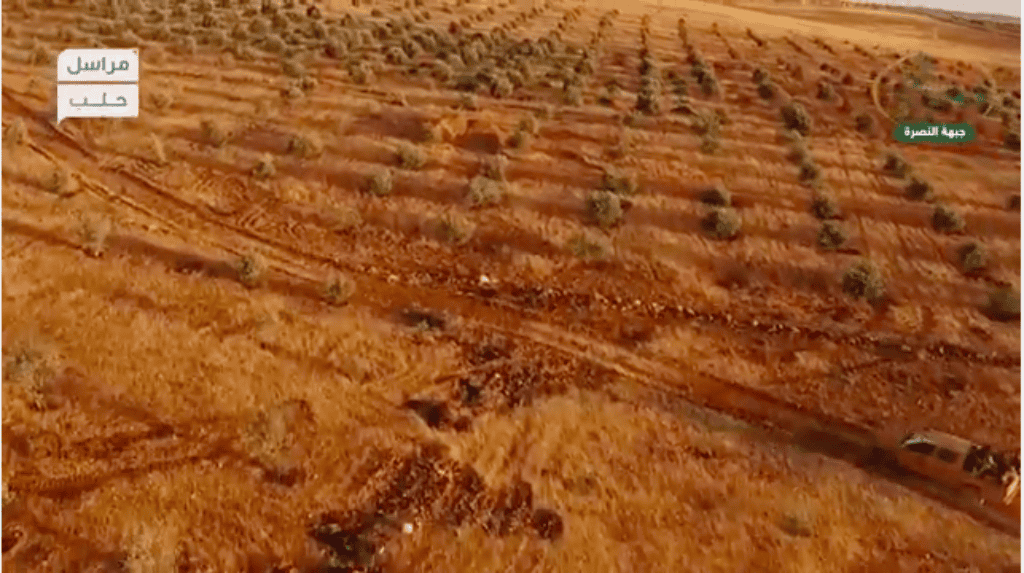
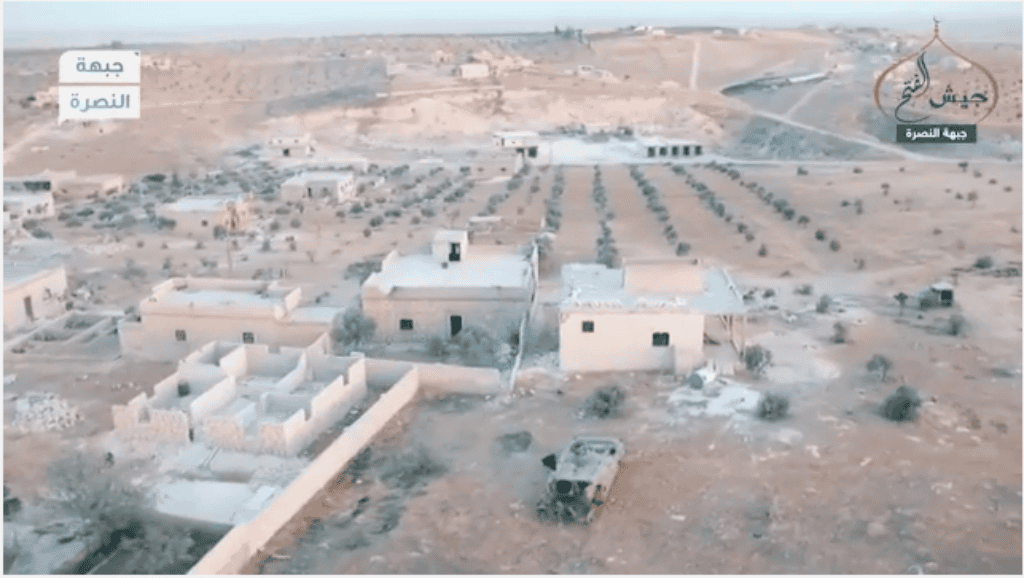
Al Nusrah produced this map of the area and dozens of photos from the fighting. Two of the photos can be seen below. All of Al Nusrah’s images include the Jaysh al Fateh logo:
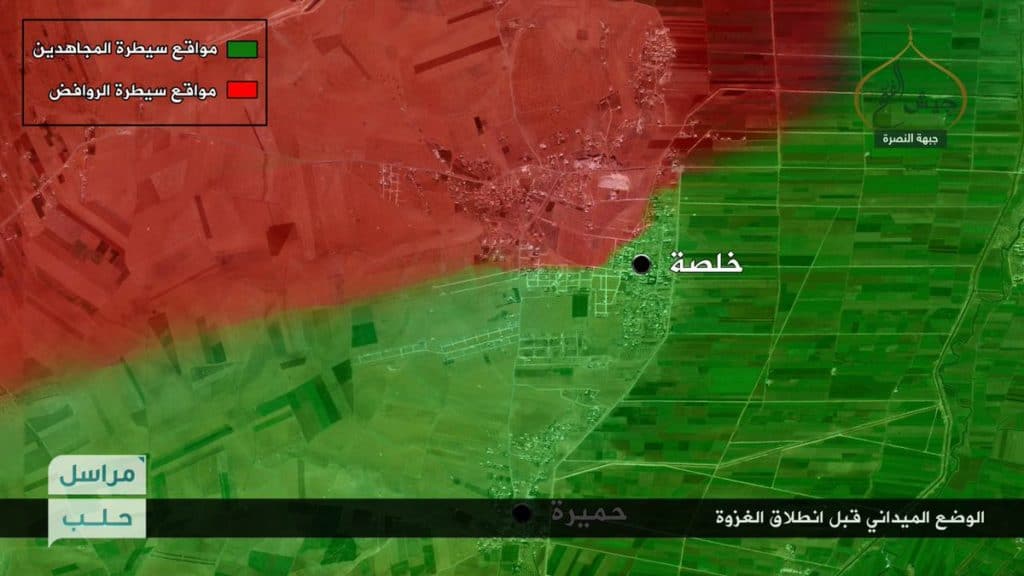
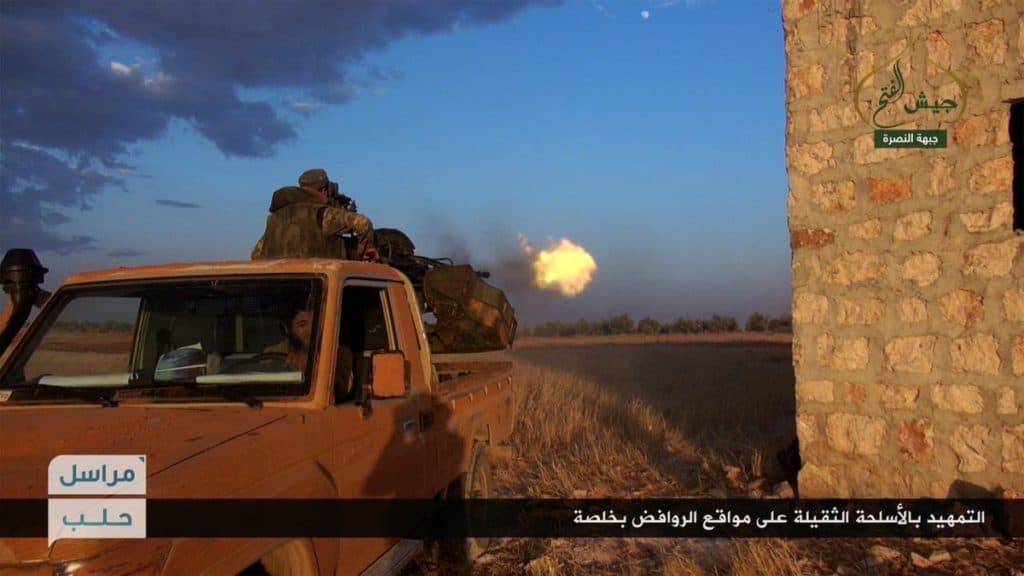
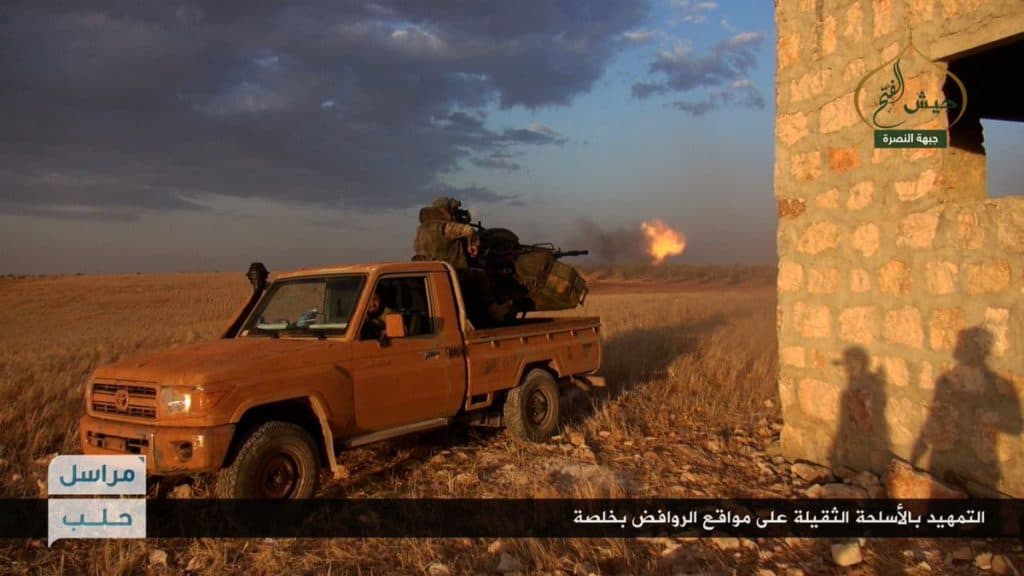
Katibat al Tawhid wal Jihad (KTJ) posted nearly two dozen images, including a map and these photos:
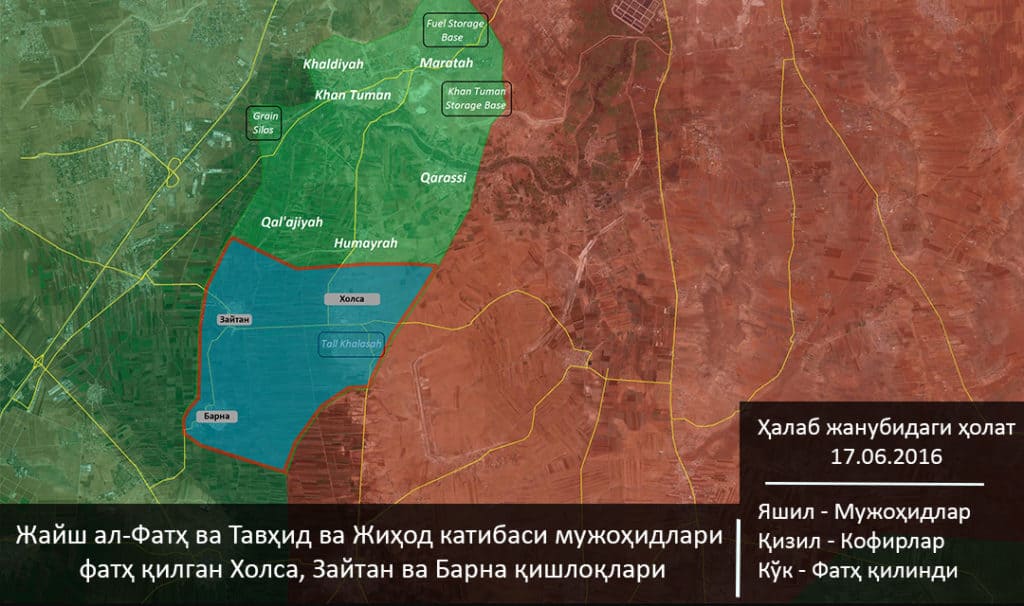
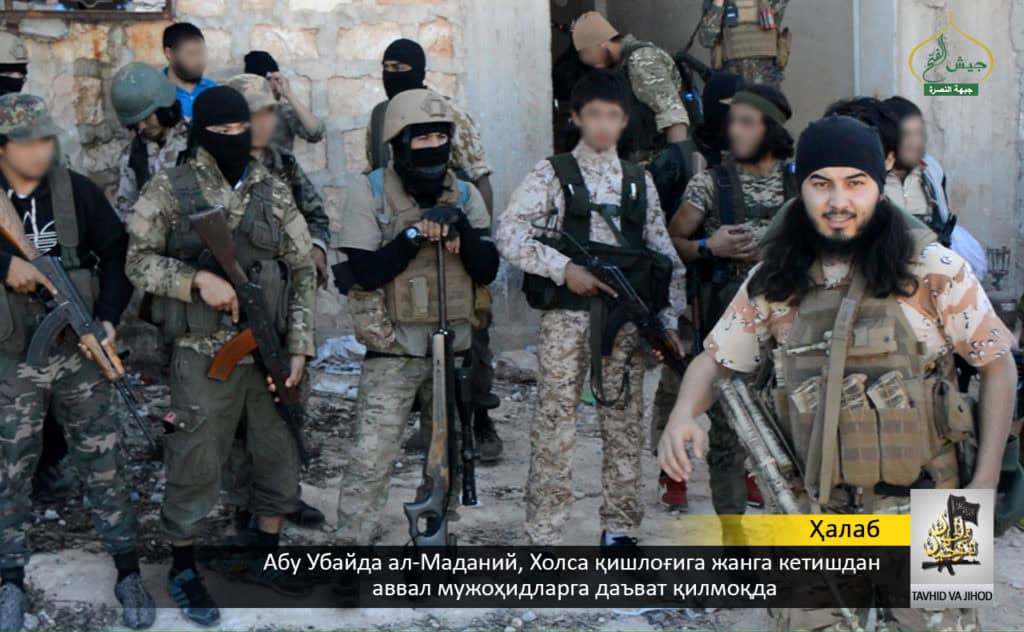
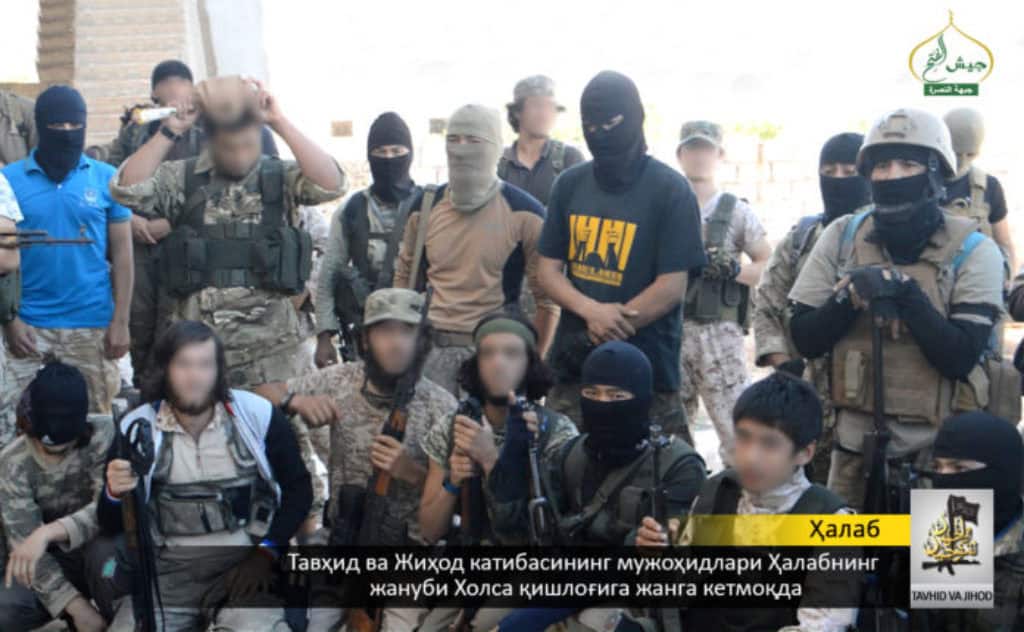
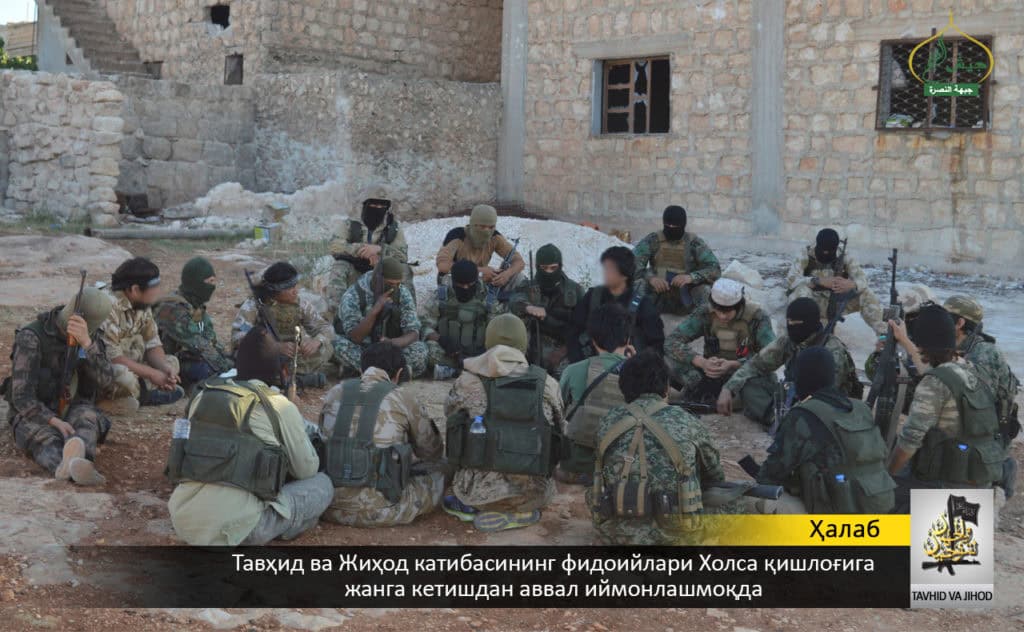
Examples of Ajnad al Sham’s propaganda from the fighting in Aleppo province:
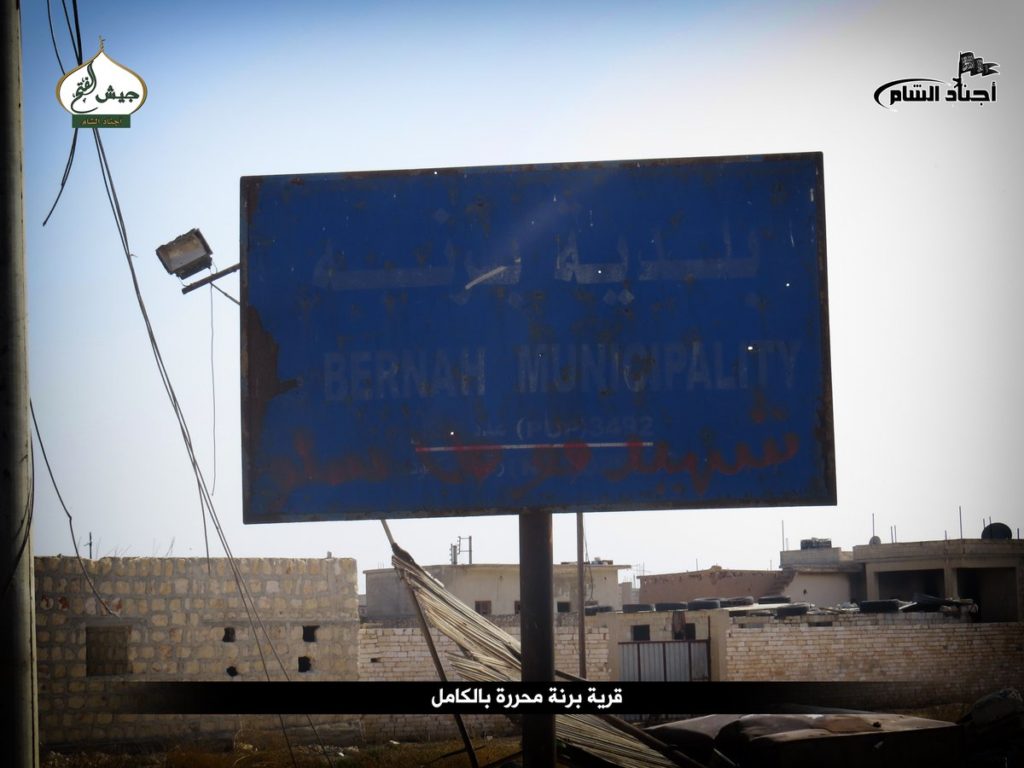

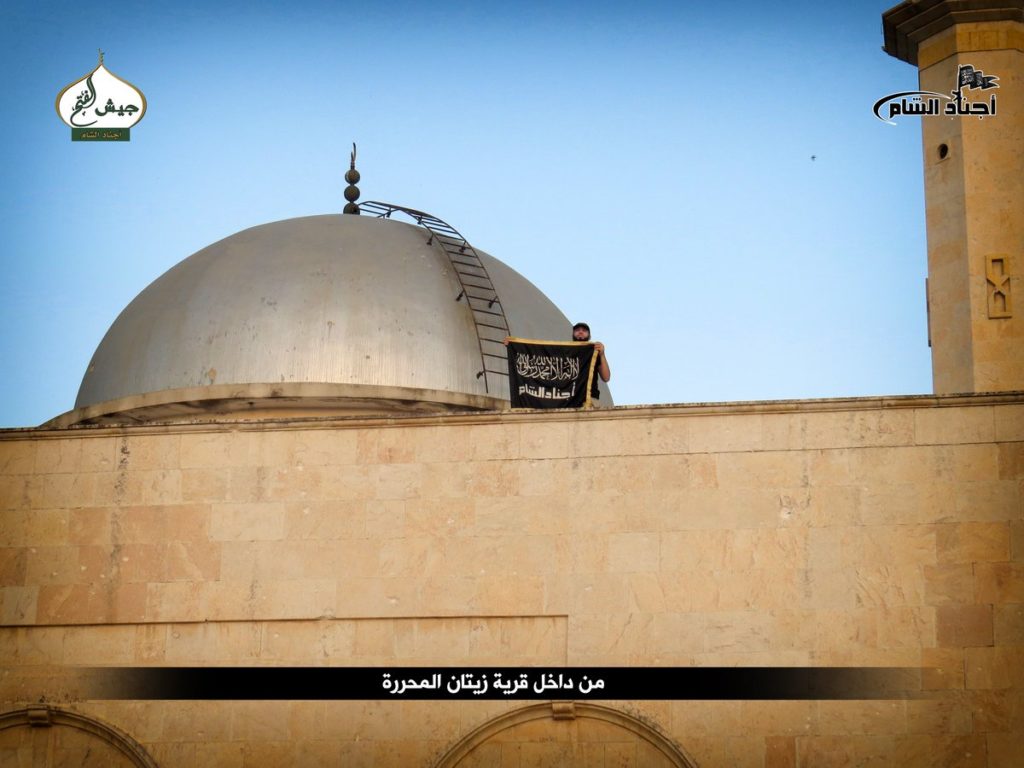

http://www.longwarjournal.org/archi...llies-gain-more-ground-in-aleppo-province.php
Hallituksen joukot pakosalla Aleppossa.
Jotenkin veikkaan, että kameramies ja nuo kuvattavat olivat samalla puolella. Tai sitten ne ei vaan osaa ampua.
Näyttää siltä, että Syyrian hallituksen joukot menestyvät pelkästään Venäjän antaman tulituen turvin. Pidemmän päälle sietämätöntä Venäjälle.
Ihan Fiksua pitää pesäkkeiden luonna nykyään myös se sammutusvesiämpäri tai pullo. Tiedä mitä paskaa taivaalta sataa. Ruskipojalla tuntuu olevan joku vuosisatainen perverssio noihin.
PV:n oppaissa taidetaan mainita asiasta useammassakin kohdassa, eli ei ole edes fiksua, vaan se on käsky. Enkä ole ihan varma, etteikö tuosta ole mainittu jo aikaa sitten? Saatan sekoittaa johonkin väestönsuojelulliseen ohjeeseen, että joka paikassa pitää olla joko sammuttimia tai sitten hiekkasankoja tms.
Jotenkin veikkaan, että kameramies ja nuo kuvattavat olivat samalla puolella. Tai sitten ne ei vaan osaa ampua.
Innostuksesta päätellen kyllä ne niitä yritti. Mutta, eivät osaa...
Innostuksesta päätellen kyllä ne niitä yritti. Mutta, eivät osaa...
Sitä epäilin, että ne kameran lähellä olevat olisi ampuneet jotakin muuta mikä ei ole kameran näkökentässä. Mutta onhan se aika hyvin tiedossa, että ne eivät osaa. Tiedä sitten, että miten kaukaa kuvattu tuo oli.
http://www.bbc.co.uk/news/world-europe-36643435Turkish President Recep Tayyip Erdogan has apologised for the downing of a Russian military jet on the Turkey-Syria border, the Kremlin has said.
Mr Erdogan sent a message to President Vladimir Putin expressing "sympathy and deep condolences" to the family of the killed pilot, a spokesman said.
Turkey had angered Moscow by failing to apologise for the incident in November.
Russia responded by imposing trade sanctions and suspending Russian package tours to Turkey.
Mr Putin said at the time the restrictions would not be lifted until Russia received an apology.
Mr Erdogan spoke of his deep regret for what happened and said he wanted to restore relations, Kremlin spokesman Dmitry Peskov said.
"The letter states, in particular, that Russia is a friend to Turkey and a strategic partner, with which the Turkish authorities would not wish to spoil relations," Mr Peskov said.
Turkey has not yet commented on the Kremlin statement.
